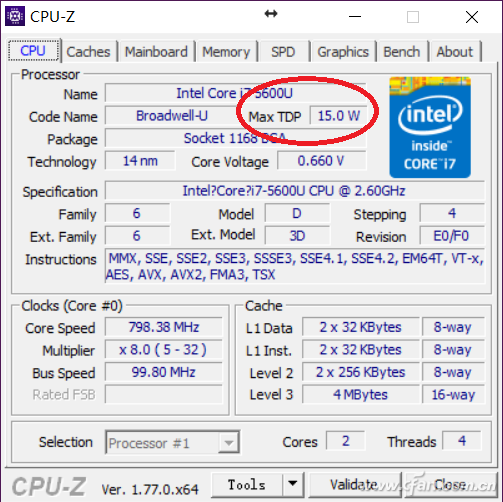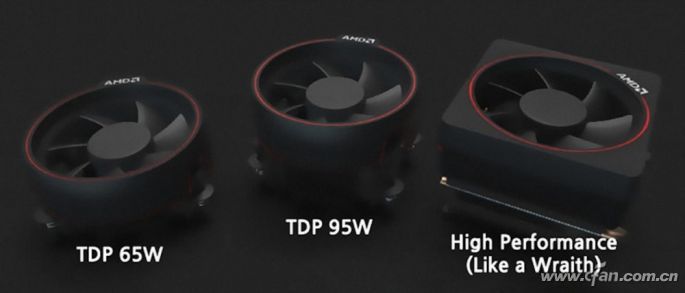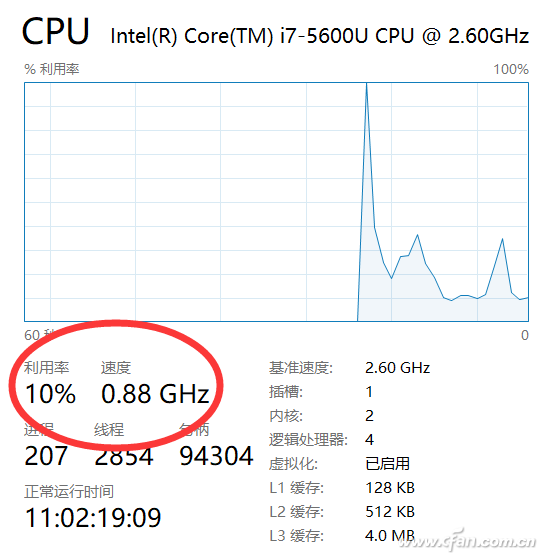Yesterday, Xiao Bian pushes the game to pursue i7-7700K so i5-8400 is so strong! "One article, there is a small partner consulting Xiao Bian:" Inside mentioned the power consumption, followed by a TDP thermal power design, what does this mean, do not understand, Meng new advice. Ah, it seems that Xiao Bian is busy. Let's talk to you today about the difference between this power consumption and TDP.
Yesterday's original article said in a small series: "No-load standby power consumption is 27W, full-load computing power consumption test is 60W, 3D test when the highest power consumption is 54W! According to this situation, the TDP heat The 65W power design is left with a margin, and the i7-7700K with a 95W contrast to the thermal power design is a lot lower.†This is indeed easy to confuse.

TDP what ghost?
First, Xiao Bian talks about the thermal power design TDP. This TDP is an abbreviation, which is called Thermal Design Power. The precise translation should be thermal design power. Its meaning is that when the chip reaches the maximum load (in Watts (W)), the heat release indicator is the computer's cooling system must have the ability to drive the maximum heat, but not the power of the chip to release heat.

TDP is the thermal effect of the CPU current and the heat per unit time produced by the CPU. The TDP power consumption is usually used as a reference design for the heat dissipation/reducing design of a computer motherboard design and a notebook cooling system design. The greater the TDP, the greater the amount of time that the CPU will generate per unit of time during operation. For the heat dissipation system, it is necessary to use the TDP as the minimum standard for heat dissipation design, that is, the heat dissipation system must be able to dissipate the heat per unit time represented by the TDP value at least.
In short, that is to say, this indicator refers to the amount of heat that the CPU can emit under typical power consumption, which is used as a reference for the design of the cooling system. However, it is also directly related to power consumption. After all, high power consumption is naturally greater. But definitely not equal to TDP and power consumption.

What is the power consumption?
Power consumption (power) is actually an important physical parameter of the CPU. According to the basic principle of the circuit, power (P) = current (A) × voltage (V). Therefore, the power consumption (power) of the CPU is equal to the product of the current flowing through the processor core and the core voltage on the processor. The power consumption of the CPU is largely a requirement for the motherboard and the power supply, requiring the motherboard to provide the appropriate voltage and current.

A long time ago, the power consumption of the CPU was actually constant, and it was consumed stably from the moment of power-on and power-up, and there was almost no change. However, with the development of mobile processing requirements, more stringent requirements have been placed on the power consumption of the CPU, so that it can be used in laptops for a longer period of time. Therefore, technologies such as dynamic frequency have emerged. When the desktop is idle, the dynamic adjustment of the voltage of the CPU, including the reduction of the frequency, is also reduced. With the minimum cost of supporting the system, complex calculation tasks come and the CPU immediately calls. Resources increase power consumption accordingly, and power consumption increases accordingly. So, to a great extent, it is very difficult for you to give a conclusion on the actual power consumption of the CPU. For example, it is XX W, which is obviously unrealistic.

To summarize briefly, power consumption is power consumption, not TDP. The TDP thermal power design is based on the thermal design guidelines for CPU power dissipation, which is easier to understand. In the end, Xiao Bian posted the TDP of common processors for reference, and finally reminded us that this is not the CPU power consumption!
Core i3 65W TDP
Core i5 65W TDP
Core Core i7 65W TDP
Core i3 91W TDP ending in K, Core i5 95W TDP, Core i7 95W TDP, Core i9 140W/165W TDP
35W TDP ending in T
Ruilong Ryzen3 65W TDP
Ruilong Ryzen5 65W/95W TDP
Ruilong Ryzen7 95W TDP
Sharp Dragon Threadripper 180W TDP
notebook
Core Core Y Series 4.5W
Core Core U Series 15W
Core Core QH Series 35W

AC Permanent Magnet Synchronous Motor manufacturer custom servo motors. All products have passed the motor performance test and quality inspection, which can effectively guarantee product quality and production efficiency. Voltage, power, size and speed can be customized according to customer requirements.
Customized contents:
• Various types of shafts: thread, through hole, hobbing, keyway, etc.
• Can be matched with lead wires and cables, brakes, shock absorbers
• Custom winding
• Compatible with encoders, pulleys and gears
• IP rating optional
Custom Servo Motors,Custom Servo,Custom Servo Drive,Custom Servo Drive Assembly
Kassel Machinery (zhejiang) Co., Ltd. , https://www.kasselservo.com